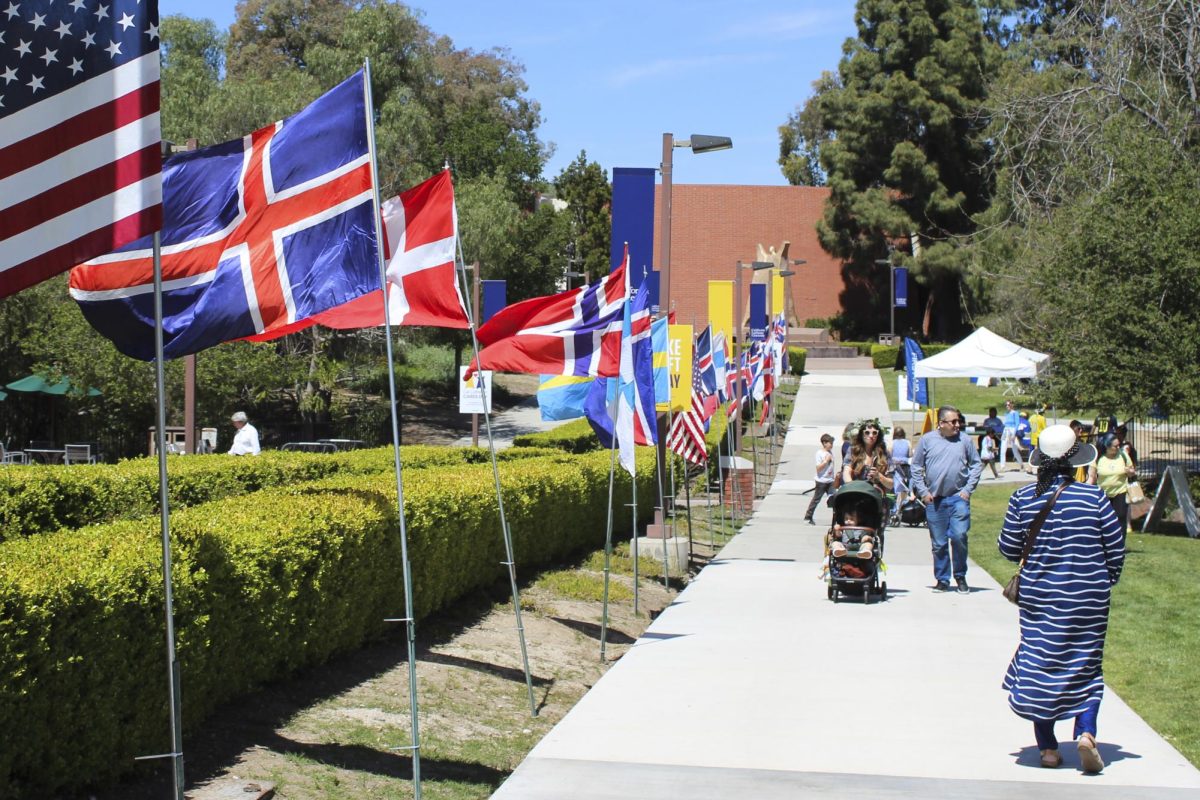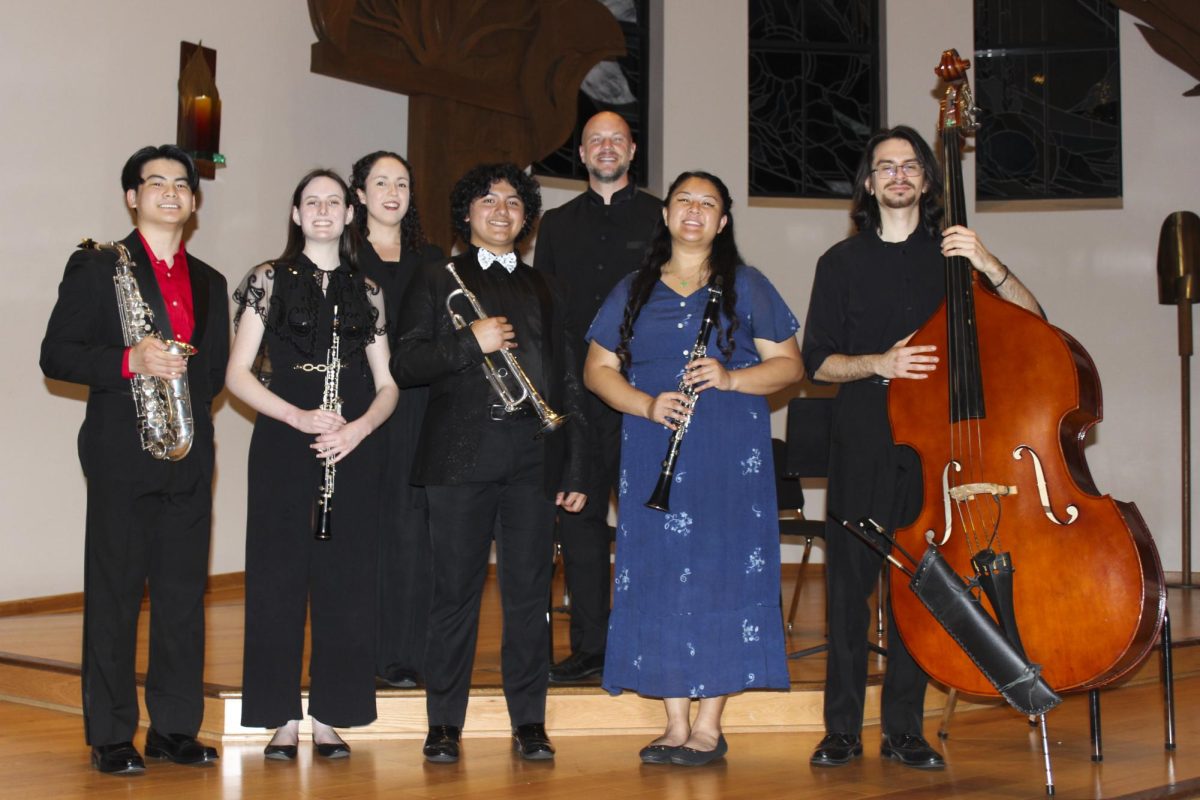Two California Lutheran University student films were selected to participate in the 2024 Lonely Seal Film Festival this past August in Arlington, Mass. Professor and Chair of the Film and Television Department, John Fitch III, said this film festival is extremely competitive as it only has 11% acceptance rate.
According to “Bloom,” director senior Marlee De Anda, and “Stitched,” director Isabella Ortiz, a recent Cal Lutheran graduate, both movies share similar themes with a unique twist.
“What was really great about these particular two films was that they dealt with very real human emotions,” Fitch said. “It was very refreshing to see these young people tackling these big themes because you don’t always see that in student work.”
De Anda said she had been developing the idea for a couple of years, but her idea was initially rejected. Though the film is about an emotion-driven topic, she said her goal was to spread positivity.
“Bloom” was De Anda’s first time having full control over a production project, and she said getting to have her work shown in a film festival was a huge accomplishment for her.
“A part of me always kind of doubted myself… my ability,” De Anda said. “Getting into a film festival was something I never actually thought possible, especially with a student film… that just further reinforces that, like I am cut out for this, like I can do it.”
Senior Caelan Jack, cinematographer for the film “Stitched,” also said that he has experienced a lot of self-doubt and never bothered to submit any of his previous work because of it.
“I never submitted any of my previous films to any festivals,” Jack said. “… but for this one, I was actually proud of it.”
Senior Julia Raszka, lead actress of “Bloom,” said De Anda did a great job as a director because De Anda made sure that working on the project remained fun, even on the tough days.
“We had like 9 days of shooting which was a lot for a ten-minute film… sometimes we would film the whole day,” Raszka said. “Sometimes we would have to film before the sunset or we would meet up three hours before the sunset and it wouldn’t be enough and we would have to meet up again to catch the sun.”
De Anda said that she and the cast and crew had to re-film several shots up until the week before all the footage was due.
Jack said their group also had to film some of their last scenes a week before the due date for the final cut. Jack also said the “Stitched” cast and crew took on many roles trying to get that perfect shot.
“We didn’t just show up on the set the first day of shooting a scene,” Jack said. “We went in beforehand just to set things up and make sure it would work for the scene.”
Jack said many scenes weren’t initially on the storyboard and were pitched as shooting progressed. Ortiz, Jack, and the rest of the crew would all collaborate on ideas for shot design.
“It’s a lot of critical thinking really quickly on set of how we’re gonna shoot this,” Jack said.
One of the scenes took place at a Goodwill in Thousand Oaks. Jack said the team had to get permission to film and work around everyone’s schedules.
“It was very difficult for them to get permission to do that but they kept persevering,” Fitch said, “They did an excellent job while on the location. They were very professional, polite.”
Jack said the main message that both of these films were trying to convey is that you are not alone in the grieving process, and growth is acceptable while grieving. You are allowed to change your mindset and feel better.
De Anda said the filmmaking process took a whole school year to develop and was broken down into two separate courses.
Fitch said he works with students the first semester in FILM 308 to develop their ideas and begin the production process. The second-semester students work with Associate Professor of Film and Television Mahmoud Salimi in FILM 411. Salimi said he advises students in the editing process to prepare their projects as if it were being sent to a film festival.
“We encourage students to make movies with the idea in mind that ‘I’m gonna make this film to send to film festivals,’” Salimi said, “Once they set that bar that high and they look at it that way, it makes them work harder, go the extra mile, and not just do the work for the grade that they want to get.
Salimi said every student was allowed to send their work to the film festival, though he reminded them that there was no guarantee of being selected.
Jack said he is currently working towards a career as a cinematographer, primarily wanting to work on environmental documentaries. De Anda said she is proud to be representing women in the film industry and sees a career in film post-graduation. Whether it be pre-production or postproduction, De Anda said she wants to share stories that spark conversations and influence positive change.
“When their films get submitted to film festivals, especially for the first time you see that they start… believing in themselves,” Salimi said.





